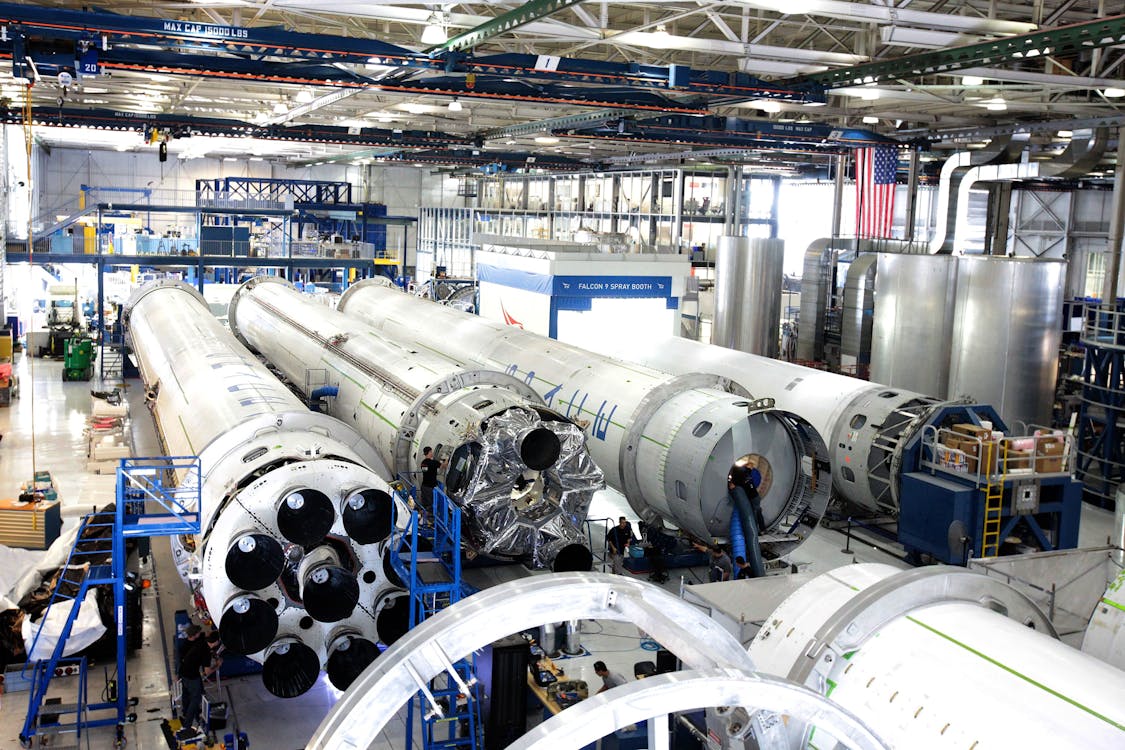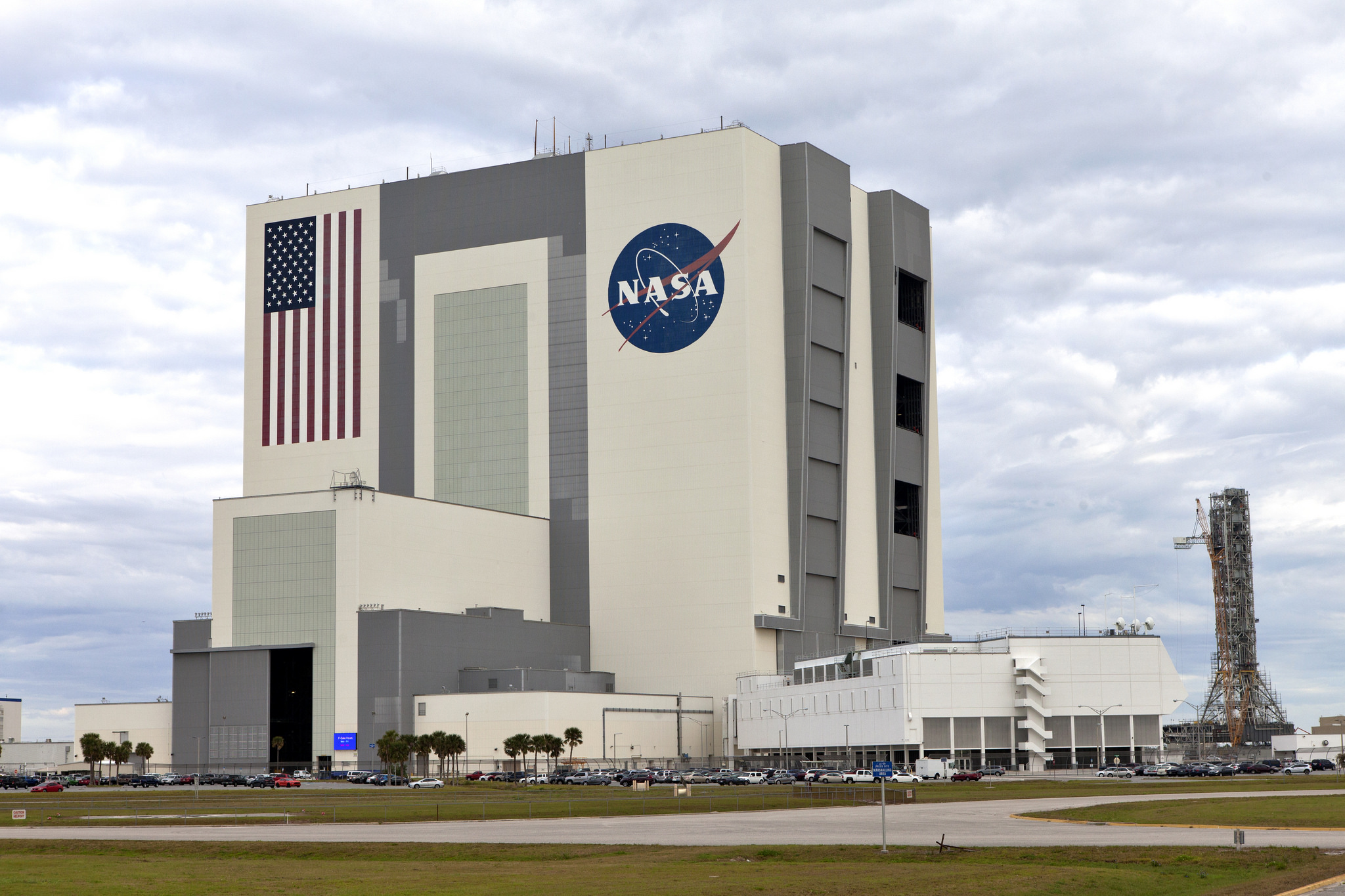
Why NASA Will Always Provide Value To The Space Industry
NASA is an incredible space agency that is responsible for a long list of achievements. These include putting humans on the Moon, rovers on Mars, telescopes in space, and much much more. However, the agency often gets compared to the private sector and is even questioned how much value it will add in the future.
One of the best parts of NASA and something even the rapidly innovating private space sector can’t compete with is the financial incentive. NASA is a government agency that has no financial incentive when planning a mission. This is why the agency spends billions on projects that help people across the world without generating a penny.
As great as private companies are they won’t or can’t do what NASA does. NASA is responsible for many different projects that give people around the world access to invaluable information for completely free. This opportunity and direction are exactly why NASA will always provide value to the space industry that even private companies cannot.
NASA’s Financial Incentive

There are a lot of different aspects that the private space industry is starting to do better than NASA. However, NASA has and will continue to provide value in the form of projects with no financial incentive. Unlike the private companies that require a return from missions to space to keep their company going, NASA doesn’t need to generate any money at all. This is exactly why the space agency can spend billions on projects a private company would never invest in. Working on missions without the thought of money can provide a massive benefit not only to the agency but the world.
These projects often are unique and give us valuable information rather than a return on investment. It doesn’t make sense for companies like SpaceX or Boeing to spend billions on a next-generation space telescope that will look into our past. However, thanks to NASA a project like that is exactly what they are working on. Oftentimes these projects with no financial incentives from NASA are information-focused. What I mean by this is the goal of the mission is to gain information on different things like another planet, stars, or Earth. When it comes to space there is a lot we don’t know. Each new NASA project helps us understand a bit more about the vast unknown. This is also why the agency will continue to provide value no matter how efficient and powerful the private sector becomes.
List Of Projects Benefiting The World
James Webb Space Telescope – The first NASA project I want to talk about is the James Webb Space Telescope. This is an infrared telescope that is meant to see farther into the past than ever before. After being developed for almost 25 years the telescope is meant to launch on December 18th. This project over the years has cost NASA an estimated $9.7 billion. This could be a perfect example of a unique aspect of NASA that helps make the agency so special.
Over two decades they have developed an incredible piece of technology with a cost of almost $10 billion. Even with the large cost and high development time, the information provided by the telescope will be accessible to the entire world. NASA not only doesn’t make money from projects like these but they also choose to share the information with scientists around the world. No money incentive means the agency might as well share the capabilities and work towards the goal of greater scientific discoveries. No private company would do a project like this and share the information for free across the planet.
SMAP – This is a project from NASA that directly affects and benefits the lives of humans across the world. It stands for Soil Moisture Active Passive and it’s a satellite that orbits the Earth. More specifically it is a satellite that measures the soil moisture and freeze/thaw state around the globe. This has a wide range of uses but one is looking at crop fields and using the information provided to predict how successful a specific grow will be.
This could have a direct effect on farmers and other people who are growing food or other necessities. Using the information people can look into many other important factors including weather and climate forecasting, drought, floods and landslides, agricultural productivity, and human health. SMAP cost NASA $915 million and was in development for many years. It provides extremely valuable information for anyone across the world for free.
Mars Rover – One last project I wanted to highlight was the Mars rover. Recently NASA landed the Perseverance rover on the surface of Mars. While unlike the SMAP project this one does not directly help humans here on Earth, it still provides unique information. This information is public and is part of a bigger mission to get soil samples back to Earth. Costing $2.7 billion and developed for over a decade the rover is another large project with no direct financial benefit. This rover travels across the Martian surface every day gathering different scientific data. This data will be used to learn more about the planet, living conditions, and help future missions to the red planet.
Private Space Companies

The private space sector is crucial for the future of the space industry. As more and more companies develop and become bigger players in the game the space industry benefits significantly. These companies are innovating and developing new technology faster than we have ever seen before. They are also driving down costs and making access to space easier now than ever before. Not only the big companies like SpaceX, Blue Origin, Boeing, are responsible but a lot of other smaller companies as well.
Small lift launch vehicles from different companies including Relativity, Firefly Aerospace, Rocket Lab, and more are also very valuable. Every single day these companies big and small are improving the space industry. However, all these companies can’t quite provide that same value as NASA in projects without any financial incentive. The projects the private companies are working on have the goal of providing an affordable launch provider or setting up a large array of satellites. While these are very important and helpful they still need to make money.
Continued Value Overtime
This is where NASA shows some of its biggest value and significance. Due to the fast speed and quick innovation of the private sector, a lot of people are questioning the future of NASA and its value. While not the only one, NASA’s work as a non-profit and the process of working towards goals with no financial incentive provides immense value. As I have mentioned before this is so valuable because other private companies are not willing or capable of doing it. This little difference between NASA and the private space industry is why the agency will continue to add value over time. No matter how fast the rest of the private sector innovates NASA will still work on projects that benefit the space industry and humans on Earth without making a penny.
Conclusion
NASA is a complex space agency that has been responsible for great things throughout the years. However, they are not the fastest and often get brought into the conversation of being replaced by the private sector. In reality, there are multiple parts of the agency that continue to add value over time. One of the largest is the work on large projects with no financial incentive. These projects cost billions of dollars and decades of work but provide invaluable information across the world for free. This one reason alone is exactly why we can expect to see NASA far in the future continuing to work on these special projects.
